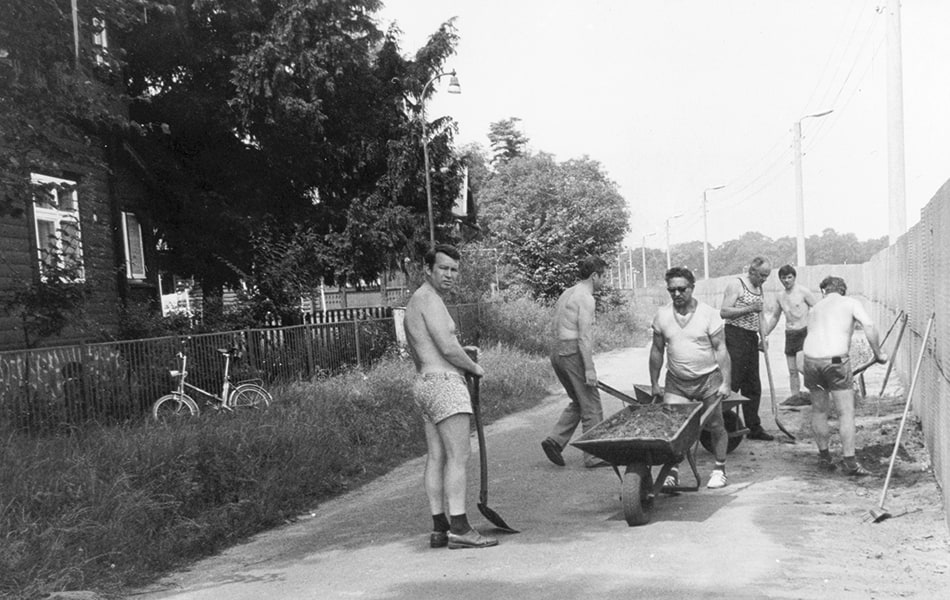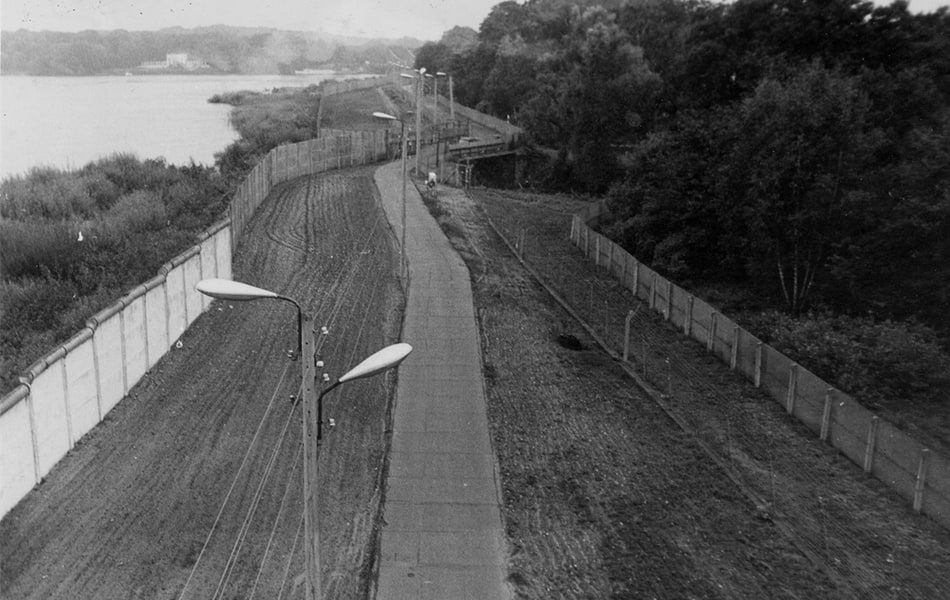Living in
the border area
Schwanenallee
 Volunteers help repair Schwanenallee at Kongsnæs Sailors’ Station (undatiert) - Photo: Stadtarchiv Potsdam
Volunteers help repair Schwanenallee at Kongsnæs Sailors’ Station (undatiert) - Photo: Stadtarchiv Potsdam
Most of the buildings on Schwanenallee as well as on Bertinistrasse, which began just behind the New Garden, became state property as of 1949. They were used by Potsdam City Council, by border troops, as well as by the Ministry for State Security. The villas on Schwanenallee were located in the border area from 1961 on. Partitioned into rental units, they were mostly allocated to state employees such as teachers, policemen and veteran functionaries. All occupants were vetted by East German security for their political reliability.
 The residents on Schwanenallee had to pass the checkpoint near Glienicke Bridge in order to reach their homes - Photo: Privatbesitz
The residents on Schwanenallee had to pass the checkpoint near Glienicke Bridge in order to reach their homes - Photo: Privatbesitz
Swan Bridge, at the start of the New Garden in Potsdam, was located in the death strip too - Photo: Potsdam Museum - Forum für Kunst und Geschichte, Sammlung Fotografie
Das Leben im Grenzgebiet brachte neben der ständigen Kontrolle auch andere Belastungen mit sich: dauerhafte Beleuchtung, Hundegebell, Einschränkungen von Besuchen oder die notorische Mangelversorgung in den dortigen Lebensmittelläden.







